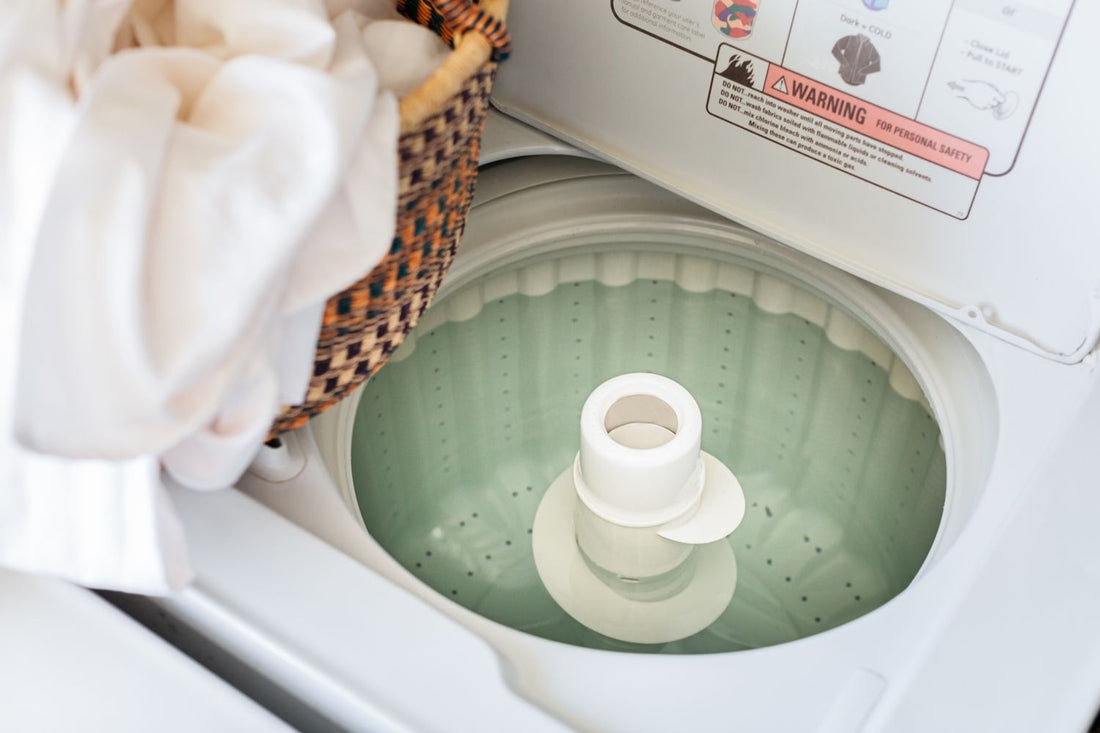
How to Troubleshoot a Washing Machine That Won’t Drain Properly
Share
A washing machine that won’t drain properly can quickly turn laundry day into a frustrating mess. Whether your washer is leaving standing water in the drum or refusing to complete its cycle, this issue is more common than you might think. At PRS Parts Inc., we help customers across Honolulu and beyond find the right appliance parts and expert guidance to get their machines running smoothly again. Here’s a professional step-by-step guide on how to troubleshoot a washer that won’t drain.
Common Causes Why a Washing Machine Won’t Drain
Before diving into the troubleshooting steps, it helps to understand the most common reasons your washing machine won’t drain:
-
Clogged drain hose
-
Blocked pump filter
-
Faulty drain pump
-
Lid switch failure (top-load models)
-
Broken belt or motor issues
-
Improper washer installation or overloading
Step-by-Step Troubleshooting Guide
1. Check for a Clogged Drain Hose
A blocked or kinked drain hose is one of the most frequent causes of drainage issues. Disconnect the hose and inspect for lint, coins, or small clothing items that may be obstructing the flow. Flush the hose with water to ensure it’s clear.
2. Inspect the Pump Filter
Most modern front-load washers include a drain pump filter that can trap debris. Locate the filter (typically behind a panel on the front bottom of the machine), remove it carefully, and clean out any lint, hair, or small objects.
3. Test the Drain Pump
If you hear the pump running but no water is draining, the pump may be jammed or failing. Look for signs of wear, damage, or blockage inside the pump impeller. If the pump is not working at all, it may need replacement.
4. Examine the Lid Switch Assembly
Top-load washing machines rely on a lid switch to activate the drain and spin cycles. If the switch is faulty, the washer may pause mid-cycle. Use a multimeter to test the switch for continuity, and replace it if necessary.
5. Check the Drive Belt and Motor
In belt-driven washers, a worn or broken drive belt can prevent the machine from spinning and draining. Inspect the belt for cracks or wear and ensure it’s properly aligned. Listen for humming or buzzing sounds, which may indicate a motor problem.
6. Ensure Proper Installation and Load Size
Improper leveling or overloaded wash cycles can cause unbalanced loads, preventing your washer from draining properly. Make sure the machine is level and avoid overloading the drum.
When to Call a Professional
If you've gone through these steps and your washer still won’t drain, the issue may involve more advanced components like the control board or internal wiring. In this case, it’s best to contact a certified appliance repair technician.
Get the Right Parts for the Job
At PRS Parts Inc., we stock a full range of genuine washer replacement parts, including drain pumps, filters, belts, and lid switches. Our knowledgeable team is here to help you identify the right part for your appliance and guide you through installation.
Visit PRS Parts Inc. at 540 Lagoon Dr. for authentic appliance replacement parts and expert repair assistance.
